The future king proved himself a man of the people when he visited the infamous Skarne blocks in Dundee’s Whitfield in 1989.
Charles showed a real interest in the plight of residents and the work which was being undertaken to transform the once-notorious concrete jungle.
His interest in Whitfield never waned over the years.
Greenfield land in the north of the city became known as the Whitfield estate.
Dundee Corporation wanted to tackle slum dwellings after the war and build new homes to tackle overcrowding in a city that was running out of space.
Inspired by Scandinavian models, particularly the work of Swedish company Skarne, Dundee Corporation awarded a contract for 3,500 homes to Crudens Ltd in 1967.
The high-rise concrete blocks of modular Swedish design cost £8.5 million and were finally completed in 1971 for a population of more than 7,000.
Seen from above, the Skarne area of Whitfield used to look like a honeycomb, made up of 130 distinctive deck-access maisonette blocks.
By the mid-1970s it had gone from an architect’s dream to one of the worst in Scotland where law-abiding citizens would not tread at midday, never mind midnight.
Its population had fallen well below capacity by the 1980s, its unemployment rate was a staggering five times the already high Dundee average and almost three out of every four households had an annual income of below £5,000.
So bad had things become that in 1988 the UK Government stepped in, making the estate one of four in Scotland to be singled out for special treatment under the New Life for Urban Scotland project.
The others were Castlemilk in Glasgow, Ferguslie Park in Paisley and Edinburgh’s Wester Hailes – poor company to keep.
The Whitfield Partnership was formed in the summer of 1988 after the UK Government had announced its plans for the four estates selected for redevelopment.
Their stated aim was to develop “a strategy for the long-term regeneration of Whitfield” and they quickly identified three targets: better housing, better services and more jobs.
Housing was crucial.
It was the decline of the Swedish-designed Skarne blocks which was the most visible part of the estate’s problems and it took several years for them to be either demolished to make way for new homes or refurbished into good-quality flats.
The work being done to improve Whitfield started to be recognised at a national level, winning first prize in a community enterprise scheme backed by Charles III.
The future king visited Tayside in October 1989 where he opened an £8m water treatment plant at Lintrathen in Angus, visited the premises of the Dundee Enterprise Trust, then toured parts of Whitfield – his longest stop of the day – where he was to praise the efforts made by tenants to improve their living conditions and environment.
Community leaders were impressed with the future king’s depth of knowledge and keenness to learn of problems faced and progress made by residents of the estate.
Around 60 residents provided an enthusiastic welcome committee in Ormiston Crescent before he stopped to chat with the crowd for 10 minutes.
In the course of his visit he saw empty, unmodernised flats in various states of decay as well as newly developed areas such as the prize-winning Dunbar Park, where he witnessed at first hand how the tenants, local authorities and private sector were combing to give the vast estate a proud new identity.
With the future monarch’s views on architecture being so well publicised, it was interesting to hear what he had to say about the before and after look of Whitfield.
He highlighted the ugly Skarne blocks and told residents he understood the nature of the problems faced in Whitfield and said they were inherent of bad design.
The royal visitor then moved on to see what improvements meant for the tenants, visiting a face-lifted flat at Dunbar Park, once in the same sorry state as Ormiston Crescent, but now transformed into a prize-winning housing development.
He met Gil Donaldson and his family, who were tenants in a newly renovated flat in Small Copper Court, and showed a keen interest in the work going on to improve the housing in Whitfield whilst admitting the council had “a difficult job”.
Accompanied by Whitfield Steering Group chair Sandra Thompson, chair of the Ormiston People’s Housing co-op Jane Anne Cassidy, and chair of Community Action North Skarne, Helen McGregor, he was able to look out over the remainder of the estate where a bustling skyline of cranes, scaffolding, tiled roofs and bright new stone signalled the birth of what would become the new Whitfield.
“He was very interested and very in tune with everything he saw,” said Sandra.
“The feedback I’ve had from people who spoke to the prince suggests that he cared about what we are doing here in Whitfield.
“He couldn’t ask us enough questions about the estate and could easily have talked for hours. Overall, I would rate the visit a great success.
“The estate is buzzing with news of the prince’s visit.”
Charles was impressed by the tenants
After chatting briefly with the crowd waiting in Dunbar Park, he then moved on to Summerfield Gardens for a private meeting and discussion with tenants.
He told these tenants how he had been impressed by the housing improvements, and, in particular, the role Whitfield residents had played in instigating changes.
Councillor Raymond Mennie said: “He was encouraged by the enthusiasm of the local people and asked about their attitude towards the involvement of the private sector in the improvements in Whitfield.
“He was also aware of the debate on the estate of the road system and sympathised with the problems faced.
“The prince observed a lot of welcome development taking place on the estate.”
Since 1990 tenants had been transforming the North Skarne blocks into an attractive development of new houses designed by tenants themselves.
Then 1995 saw a milestone with the announcement that the Scottish Office was withdrawing from the Whitfield Partnership, three years earlier than expected.
There was some disquiet among residents worried that it was happening too soon, but government ministers could point to tangible evidence that the ongoing transformation had enough momentum to succeed without their direct input.
In only seven years unemployment had halved, more than 2,000 homes had been demolished to make way for 600 new houses and another 1,500 council-owned properties had been improved.
The future King Charles returned to Whitfield in 1995
The future king could never forget his time in Whitfield.
He made sure he was kept up to date with progress and when he made a two-day visit to the city in June 1995 the housing scheme was his first port of call!
He spoke to residents and saw the changing face of the area.
Things in Whitfield took another step forward in 1996 with the completion of a £10 million programme to build houses on the site of some of the old Skarne blocks.
Whitfield had now gone from being one of the most notorious schemes in the country to a good place to live, albeit one that still faced some of the typical problems of outlying housing estates.
Greater prosperity came to the area too.
By the end of 1999 it emerged that Whitfield had done better than the other three schemes picked out by the UK Government back in the 1980s when it came to getting more of its people into work.
A lot has taken place since the low point of the 1980s.
Thanks to people power, planning and a whole lot of determination, the area is revived and regenerated, and negative perceptions have become a thing of the past.
As for King Charles, who would bet against him returning to Whitfield again?
More like this:
Prince Philip spilled boozy secrets on visit to Whitfield High School in Dundee
Charles III in Dundee: When Dennis the Menace had the future king in stitches
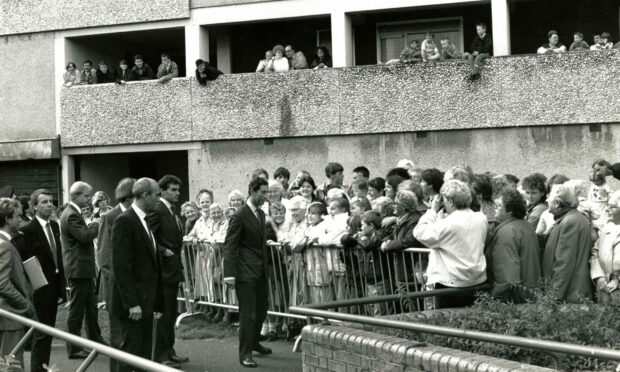
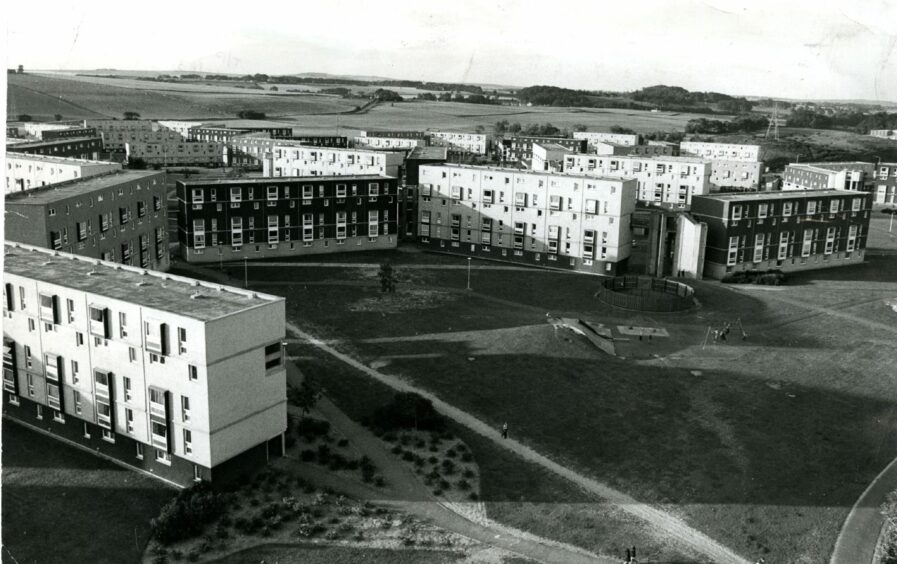
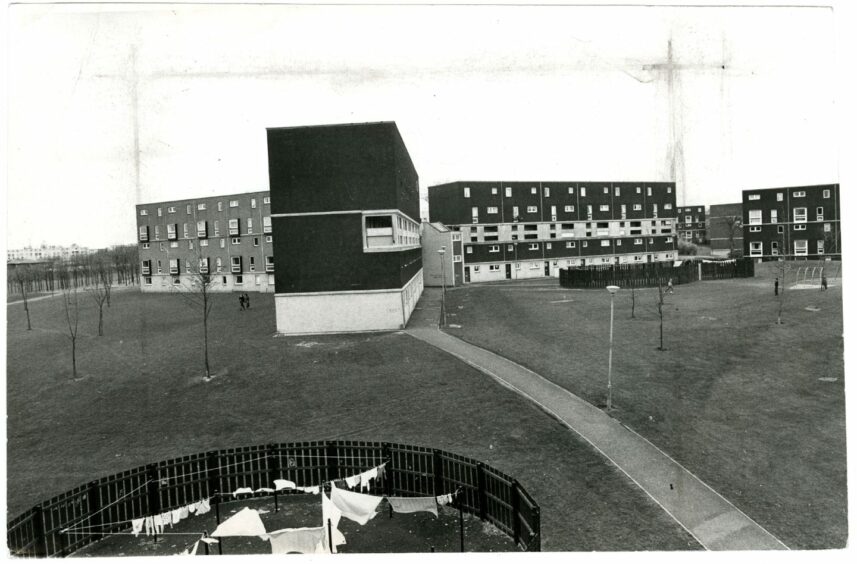
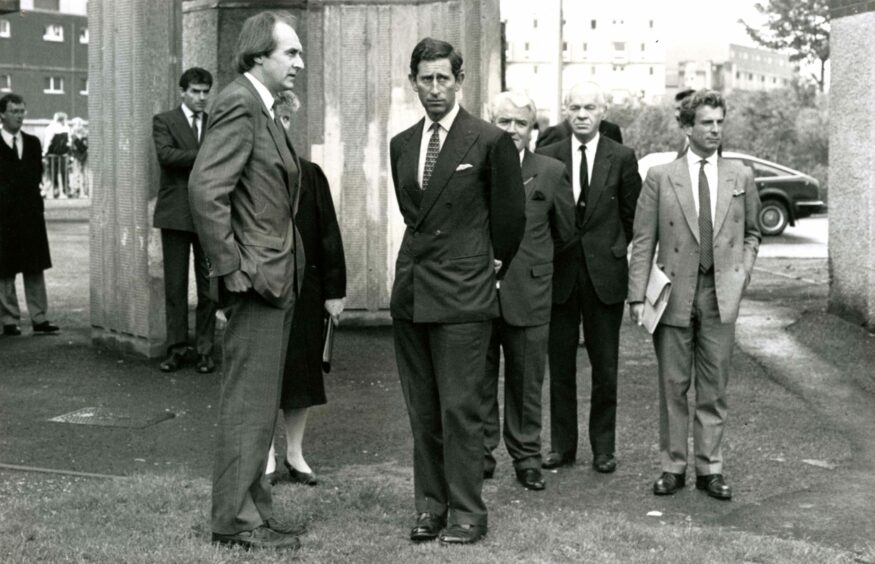
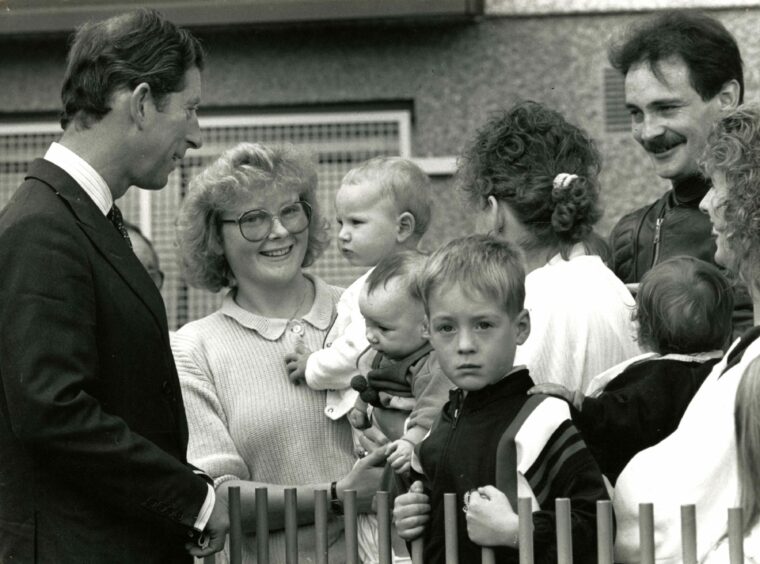
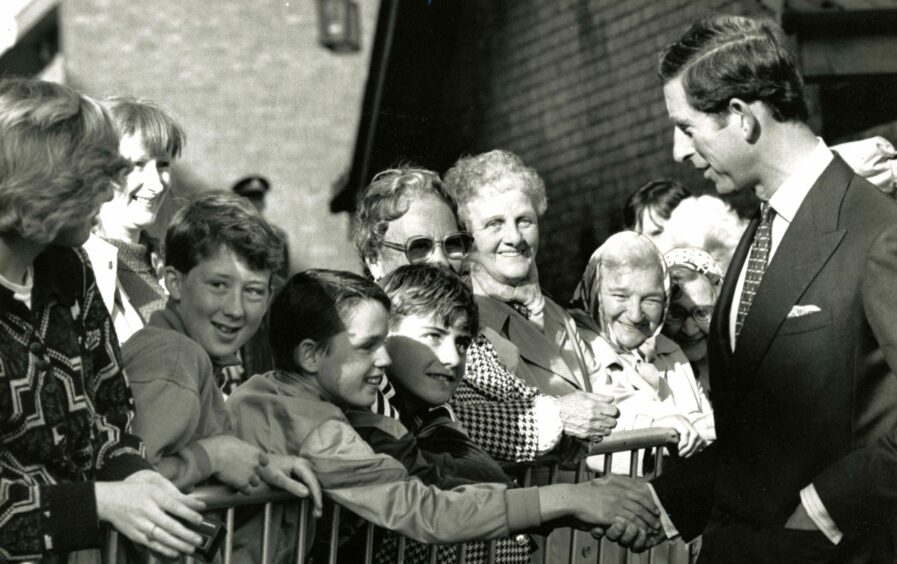
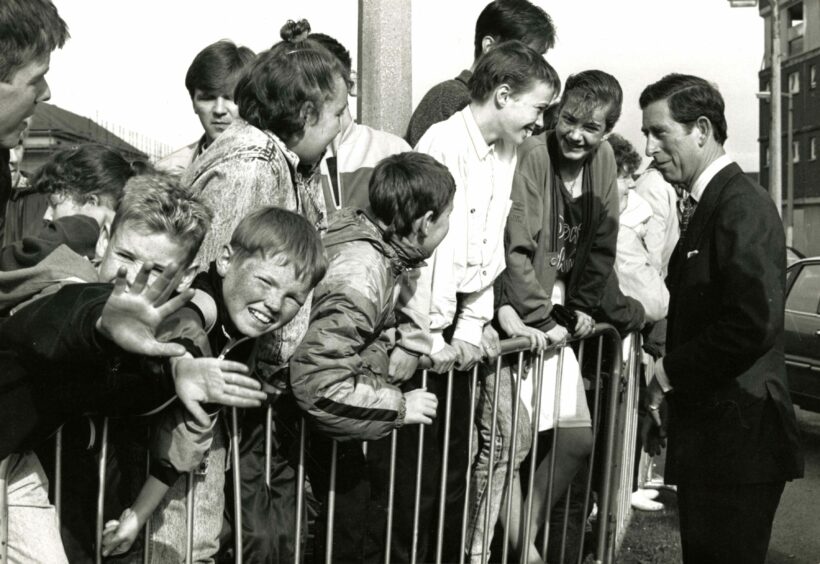
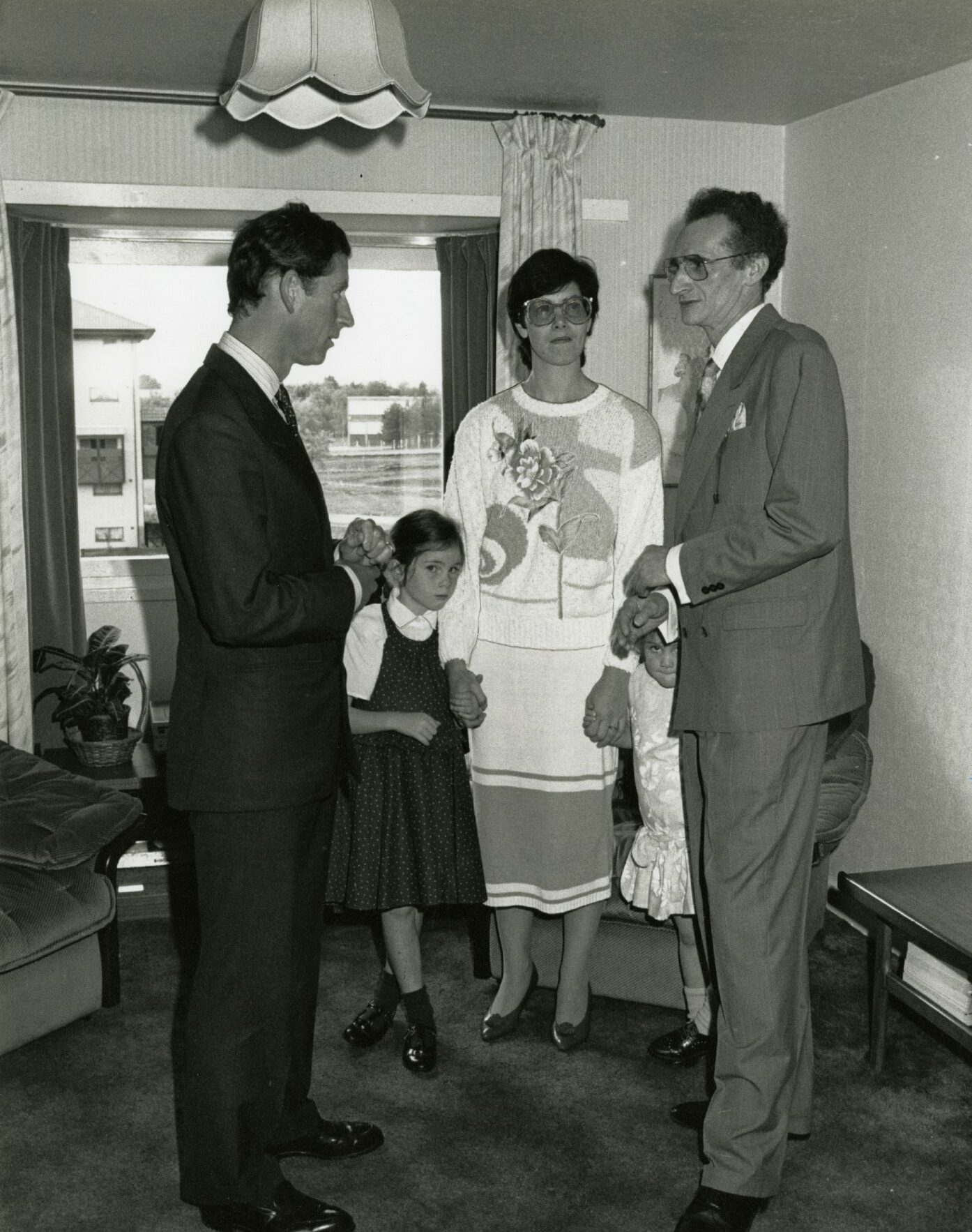
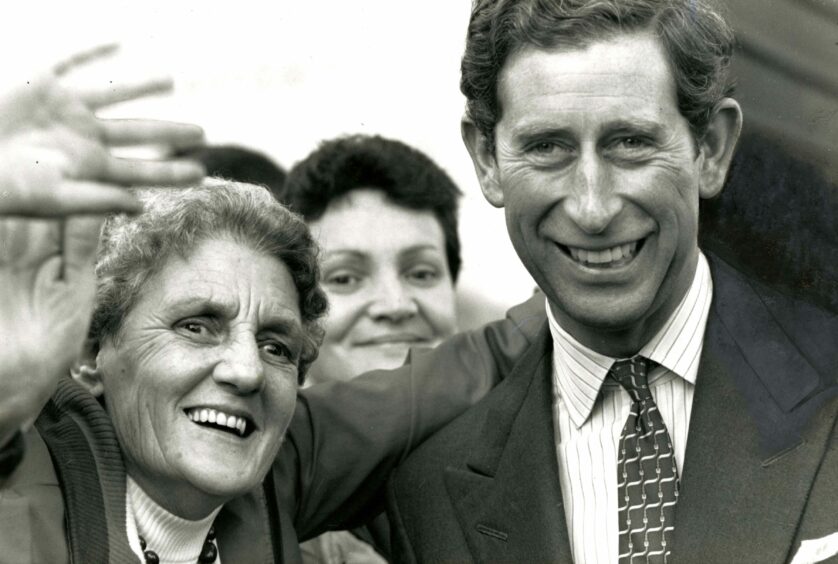
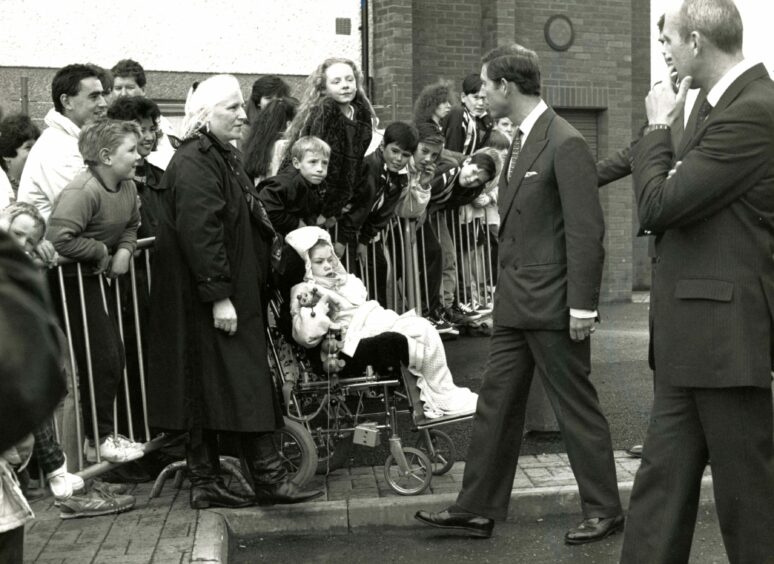
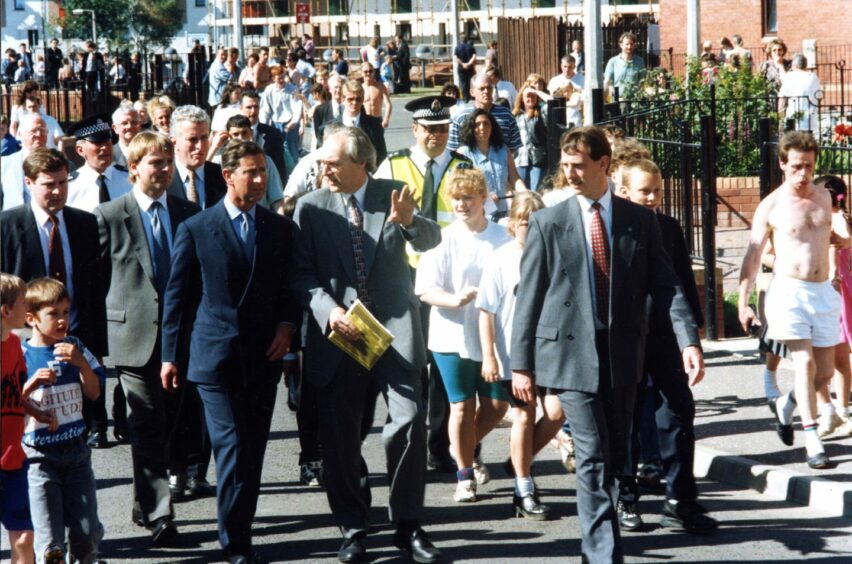
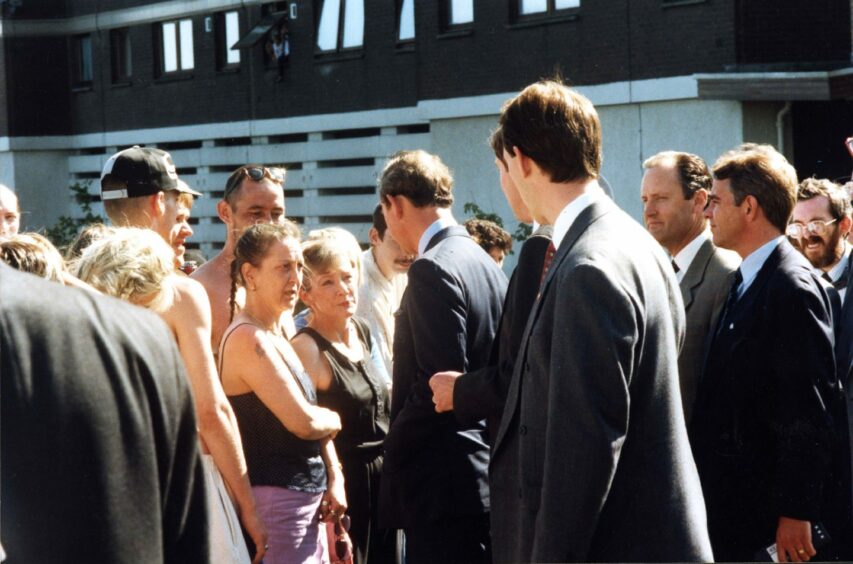
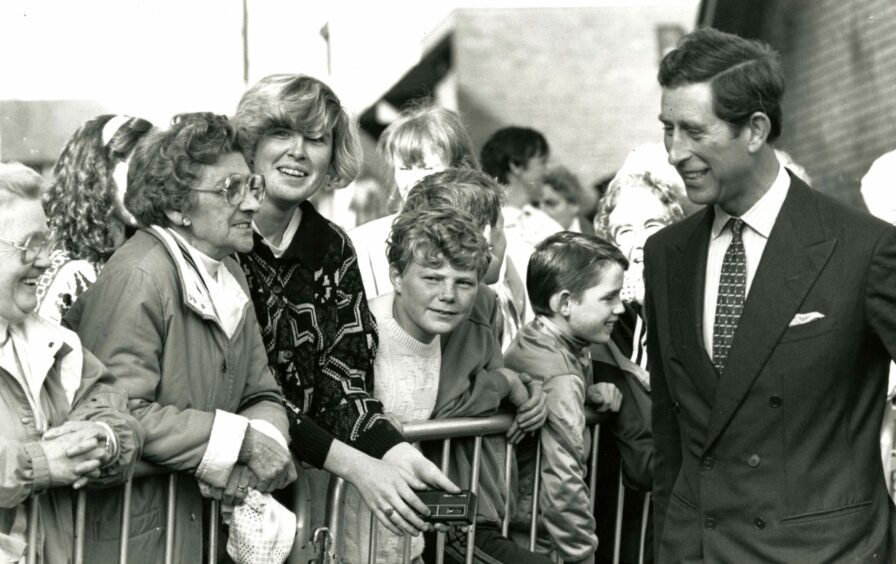







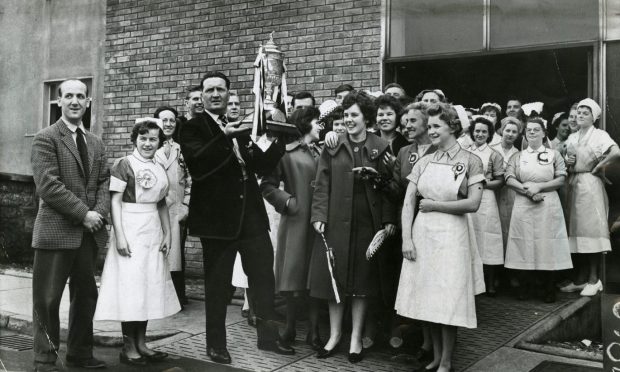
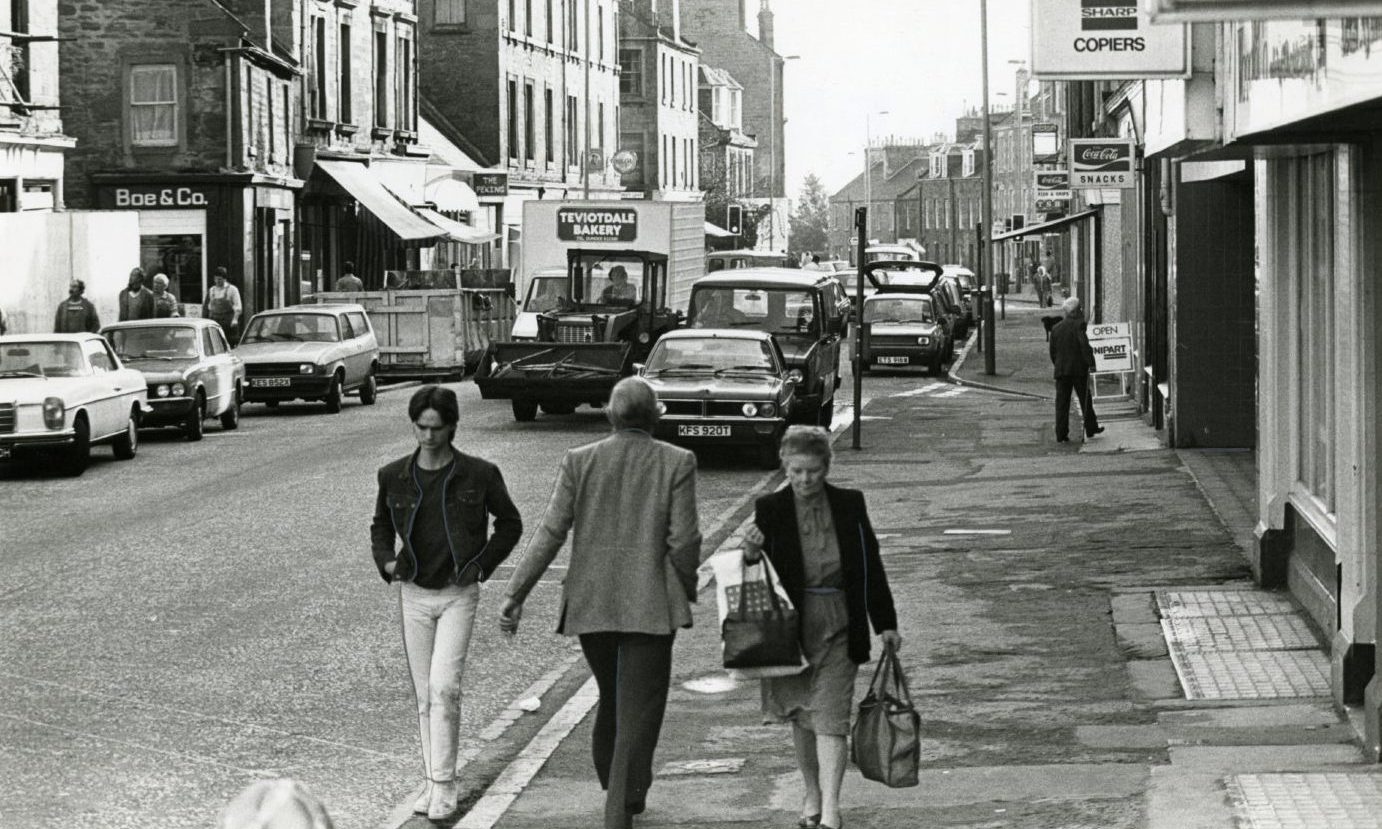
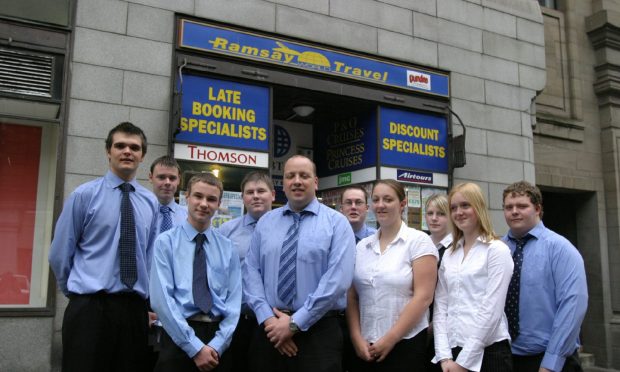
Conversation